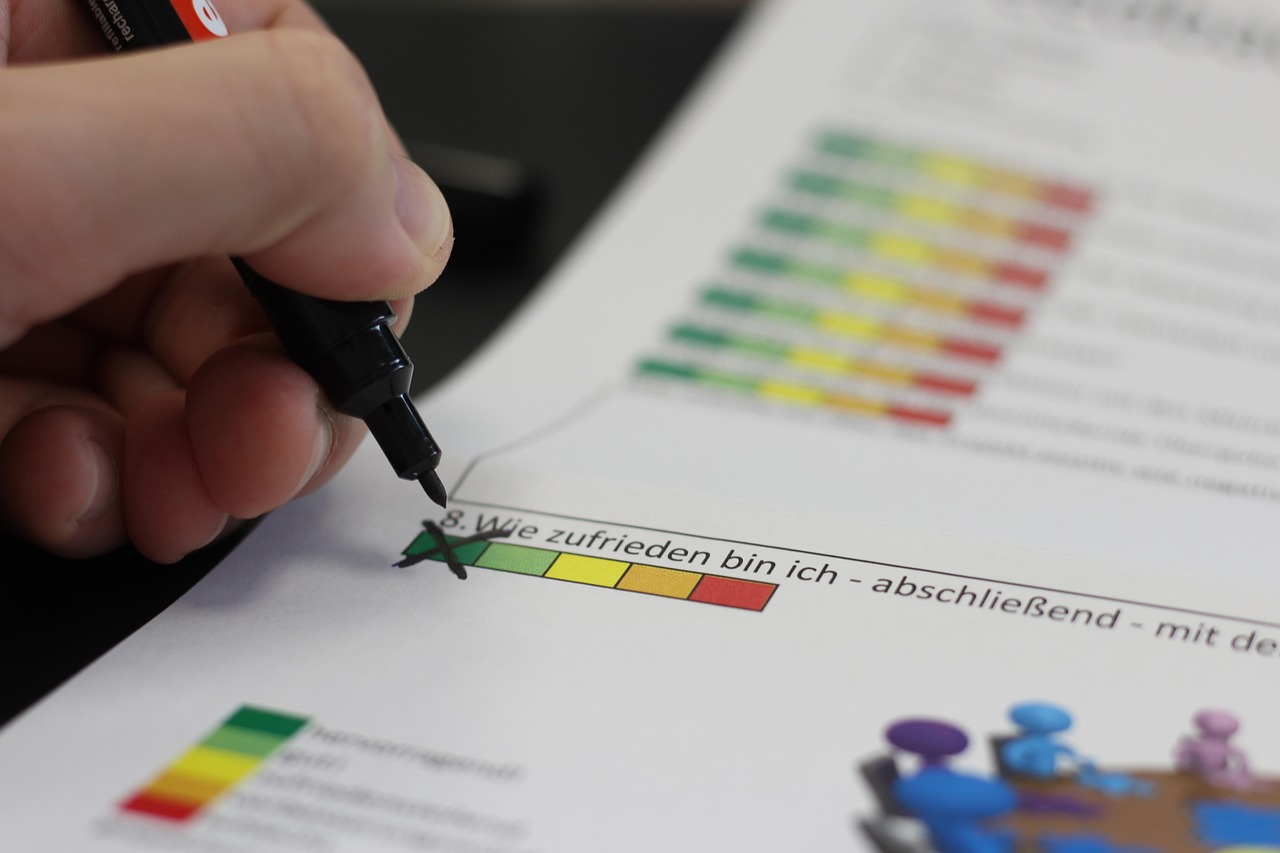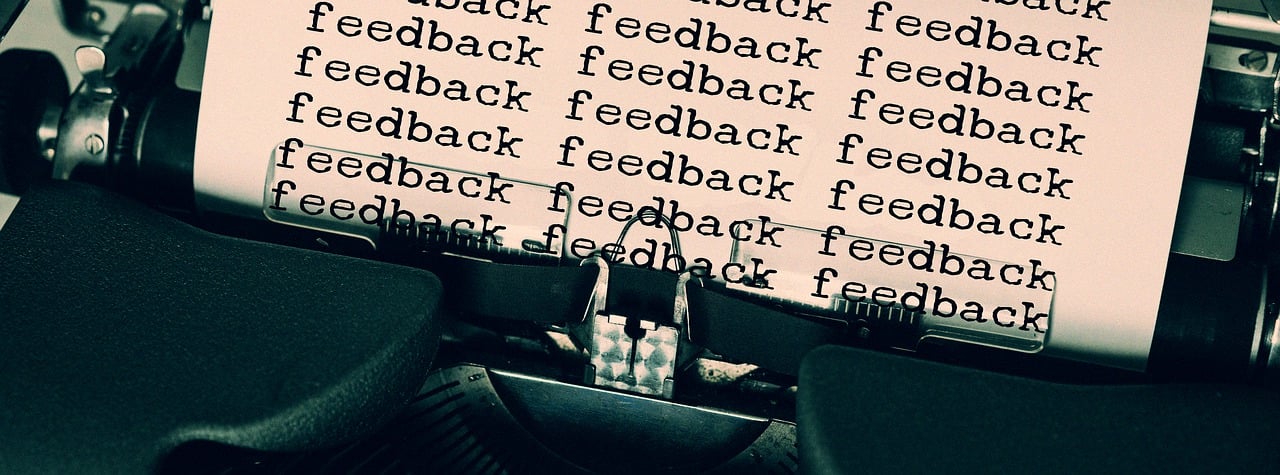In today’s fast-paced workplace, the ability to give constructive feedback that motivates rather than discourages has become an essential leadership skill. Managers and team leaders frequently hesitate, worried their well-intentioned advice might be perceived as criticism, inadvertently harming morale and engagement. Yet, the demand for honest, growth-oriented dialogue grows stronger as organizations prioritize continuous learning and employee development. Research from the Center for Creative Leadership and insights from Harvard Business Review underline that transparent, empathetic feedback not only cultivates trust but also fuels high performance and innovation. Companies leveraging platforms like LinkedIn Learning and Mind Gym to train leaders are witnessing improved communication dynamics and employee retention. From understanding behavior versus judgment distinctions to mastering frameworks like the BIR Feedback Model, mastering constructive feedback remains a cornerstone for leaders aiming to nurture potential without stifling confidence. This exploration will unravel practical techniques, psychological underpinnings, and nuanced approaches drawn from leading global experts such as Gallup, FranklinCovey, and BetterUp, empowering you to transform feedback sessions into inspirational growth moments rather than deflating criticisms.
Mastering the Art of Constructive Feedback: Key Techniques That Motivate Change
Delivering feedback is a delicate art that balances clarity with compassion. One of the primary hurdles leaders face is avoiding language that sounds judgmental or personal. The essence of constructive feedback lies in focusing on observable behaviors rather than making subjective character assessments. For example, instead of saying, “You’re careless,” specifying, “You missed the deadline for the project three days in a row,” pinpoints concrete actions that can be addressed.
Implementing frameworks like the BIR Feedback Model—which stands for Behavior, Impact, and Request—can transform feedback from a potentially defensive encounter into a collaborative growth opportunity. The approach begins by clearly identifying the behavior. Imagine a manager noticing that an employee, Claudia, arrives late repeatedly. Rather than labeling her as “lazy,” the manager simply states the fact, “You arrived 30 minutes late on three occasions.” This objective observation avoids triggering defensive reactions.
Next, explaining the impact personalizes the feedback and answers the critical question, “Why should I care?” By linking Claudia’s tardiness to slowed production and overtime for teammates, the manager highlights the broader consequences on the team and company. This contextualization taps into intrinsic motivators, whether it is team harmony or financial incentives.
Lastly, making a specific request sets clear expectations, such as, “Could you ensure to arrive by 9 AM starting tomorrow?” This final step offers a path forward, reducing ambiguity and empowering the employee to take actionable steps.
- Focus feedback on observable, verifiable actions.
- Clearly explain the consequences of behaviors.
- End with actionable and achievable requests.
- Adopt a tone that balances directness with empathy.
Applying these principles helps leaders avoid vague messages that lead to frustration and misunderstanding. For more practical methods on reframing criticism into growth-driven conversations, the article on how to give feedback using 8 methods that motivates, not discourages provides useful additional strategies.

Understanding Psychological Impacts: Why Feedback Timing and Emotional Intelligence Matter
Beyond structure, timing and emotional intelligence profoundly influence how feedback is received. Delivering feedback promptly ensures the behavior in question remains fresh, increasing its relevance. A delay can result in missed learning opportunities and diminished perceived credibility.
Emotional intelligence, as emphasized by FranklinCovey and the Center for Creative Leadership, equips managers to recognize their own emotional states and those of their employees, guiding more effective communication. For example, if a manager feels frustration, pausing before providing feedback can prevent the message from sounding like an attack. Conversely, approaching feedback with empathy fosters psychological safety, making employees more open to reflection.
Choosing the right setting is equally crucial. Public criticism may embarrass and demoralize, while private, one-on-one conversations respect dignity and encourage honest dialogue. The Mind Gym recommends that managers explicitly affirm their positive intentions at the start of feedback conversations to set a constructive tone.
Incorporating Crucial Conversations techniques also helps manage emotionally charged discussions. These skills enable leaders to stay focused on shared goals, keep dialogue open, and avoid escalating tensions.
- Deliver feedback close to the occurrence of behavior.
- Manage your emotions before the conversation.
- Hold feedback sessions in private and comfortable settings.
- Express positive intentions at the outset.
- Utilize active listening to understand employee perspectives.
Regular training on these elements utilizing platforms like LinkedIn Learning or BetterUp coaching can strengthen leaders’ competencies. For further insights on emotional intelligence in feedback, see Endzone Leadership’s guide.
Creating a Feedback Culture: Encouraging Openness and Ongoing Development
Building a workplace culture where constructive feedback is welcomed lays the foundation for sustained growth. Gallup’s studies highlight that organizations fostering open communication have higher levels of employee engagement and retention.
A key practice is normalizing feedback as a continuous dialogue rather than an occasional critique. Leaders should encourage peer-to-peer feedback alongside managerial input, democratizing growth opportunities. The Feedback Wrap technique—starting and ending with positive points while placing development areas in the middle—can diffuse defensiveness and show appreciation.
Rewarding transparency and vulnerability, as illustrated by Radical Candor principles, further demonstrates that constructive feedback is a form of caring, not criticism. Leaders at companies like Google and Microsoft emphasize transparent, supportive evaluations to fuel innovation.
Practical actions to embed a feedback-friendly environment include:
- Scheduling regular feedback check-ins rather than annual reviews.
- Training employees to give and receive feedback effectively, using resources such as Harvard Business Review articles and FranklinCovey workshops.
- Creating psychological safety to reduce fear of negative repercussions.
- Celebrating improvements prompted by feedback.
| Component | Action | Expected Outcome |
|---|---|---|
| Regular check-ins | Schedule bi-weekly feedback sessions | Continuous improvement and reduced surprises |
| Peer feedback | Encourage cross-team feedback exchanges | Broader development perspective |
| Recognition of improvement | Publicly acknowledge positive change | Increased motivation and morale |
For managers seeking guidance on nurturing such cultures, Feedback Pulse offers insightful resources. Additionally, social platforms like LinkedIn Learning have curated courses focusing on feedback skills as part of leadership development tracks.
Precise Language and Balanced Feedback: The Role of Positivity and Specificity in Motivation
Choosing the right words is fundamental in ensuring that feedback serves as a motivational tool rather than a discouragement. Using positive language not only boosts confidence but also increases receptivity to improvement suggestions. The Feedback Wrap technique is an excellent example of balancing praise with constructive input.
Specificity reigns supreme: vague comments such as “You need to communicate better” leave employees guessing and can cause frustration. Instead, detailed observations like “Please notify me at least two days in advance when you encounter project delays” equip employees with actionable guidance.
Practically, this translates into:
- Starting conversations by highlighting recent achievements.
- Identifying one or two areas for improvement with concrete examples.
- Ending on an encouraging note outlining support available.
For personal development experts such as those at BetterUp and Mind Gym, consistent positive reinforcement paired with targeted growth advice produces sustainable behavioral change. Leaders should also invite employees into the feedback process, fostering dialogue rather than monologue.
An example could be:
“I really appreciate your thoroughness in preparing the client presentation. I noticed that a couple of statistics were outdated, which could impact client confidence. Could we review the data together before next time to ensure accuracy? Let me know how I can support you.”
This approach reduces defensiveness, clarifies expectations, and nurtures growth. For more in-depth tips, visit this article on giving inspiring feedback.

Customized Requests and Collaborative Follow-Up: Ensuring Feedback Leads to Action
Effective feedback doesn’t end at explanation; it culminates in clear requests coupled with opportunities for collaborative problem-solving. Instead of simply stating what went wrong, specifying desired behaviors and discussing potential barriers enhances ownership and commitment.
For instance, a manager observing consistent lateness might say: “Can you aim to arrive by 9 AM starting tomorrow? If there’s anything preventing this, let’s brainstorm solutions together.” This invites a dialogue rather than issuing commands.
Follow-up is crucial. Scheduling brief check-ins to discuss progress or challenges signals accountability and support. It reinforces that feedback is a tool for development, not punishment.
Recommended practices include:
- Framing requests in clear, concise language.
- Inviting employee input on how to implement changes.
- Recognizing incremental improvements.
- Linking behavior changes to personal or team incentives.
The coaching methods recommended by FranklinCovey and Radical Candor stress the importance of ongoing communication and empathy in sustaining behavior change. Platforms like ProofHub assist managers in providing precise and documented feedback efficiently.
| Feedback Stage | Manager Actions | Employee Responses |
|---|---|---|
| Initial feedback | Deliver clear behavior-impact-request message | Reflect and seek clarification |
| Collaborative problem-solving | Discuss obstacles and potential solutions | Contribute ideas and agree to action plan |
| Follow-up | Check progress and provide further support | Show improvement and share challenges |
As demonstrated in leadership development courses by the Center for Creative Leadership, blending structured feedback with a collaborative approach yields the best outcomes. For further exploration, see Leading Beyond Limits.
How do I give constructive feedback that motivates rather than discourages?
Explore the essential steps for giving feedback that encourages improvement and maintains motivation.
Click on a step above to reveal details here.
How does timely and specific feedback enhance employee motivation?
When feedback is both prompt and precise, employees understand exactly what actions to adjust and why it matters, fueling their motivation to improve. Immediate feedback connects behavior to outcomes clearly.
What role does emotional intelligence play in delivering motivational feedback?
Emotional intelligence allows managers to tailor their communication style to the employee’s emotional state and needs, reducing resistance and fostering trust, making feedback more impactful.
Why is it important to focus feedback on behavior rather than personality?
Focusing on behavior avoids personal attacks, which can trigger defensiveness and damage relationships, keeping conversations productive and solution-oriented.
How can managers foster a culture of ongoing feedback?
By normalizing feedback through regular check-ins, training, and recognition programs, managers create an environment where constructive commentary is part of everyday work life.
What strategies help ensure feedback results in actual behavior change?
Clear, actionable requests, combined with collaborative problem-solving and follow-up, ensure feedback translates to meaningful progress. Recognition of improvements also sustains motivation.

